
Steps in the Construction of your new house.
We have all dreamed of our ideal home, some of us have dreamed of it since we were little, hoping it would be like our maternal home, or bigger, better, different. The important thing is that we have one in mind and we would like to be able to make it a reality. If you have the opportunity to build it yourself, there are several factors that you should consider before committing to an investment that will be significant but whose benefits, as we said, are dreamlike. Therefore, we share this small list of factors that you should consider during this process:
The land for Building your Dream Home
We must cover a series of requirements such as:
- Being in an urbanized area
- That it has water, drainage and electricity services
- Stay away from fuel depots and power lines
- Not being near bodies of water (rivers, lagoons, streams, etc.) or geological faults
- Have the deeds and property titles
Land Preparation
You have to make sure that the infrastructure of the neighborhood is in place, not only in terms of services but check the details such as that the streets are finished and access is easy for contractors, architects, and other construction workers. You must check the municipal permits before starting.
Once everything is in order, you should proceed to clean the space and remove bushes, branches, and even trees, if applicable. The surveyors are of great support in this case as they will know the best place to build and start with the excavations; besides that, they will know how to detect possible future problems due to the conditions of the land.
Paperwork
As in everything related to real estate, some laws govern the regularization of this, so you will necessarily need:
- Land use certificate
- Construction Manifestation Record
- Urban Development Permit
- Land with papers in order
In addition to this, the property may require other types of documentation, but this will depend on the site, so do not hesitate to seek advice to guide you during the process.

Preparation of Blueprints
This will depend, above all, on the dimensions and the possibilities you have. While a large budget will help fulfill any whim you can think of, some things just can’t get done. However, if your wishes can be traced and the current materials allow it, the only thing you will have to choose is a good architect who is an expert in designing houses to help you create the project.
Costing
It is a table of conceptual indicators so that you can know how much you will spend and what you will require, in addition to the fact that you can place time measurements to know how long it will take to complete the construction. You can plan it broadly or very specifically, but in general, you will need it to contain the costs of:
- Insurance, permits, and licenses
- foundation
- Masonry and ground floor structure
- Masonry and upper floor structure
- rooftops
- finishes
- Electricity and plumbing
- Carpentry, blacksmithing, locksmithing, windows, and glass
- Painting, gardens, and ornaments
- Various materials to build a house
Stick to Budget on Building your Dream Home
The works program is a good way to budget because by knowing what the indicators of the construction stages are, it will be easier to make an estimate. You should also take into account what materials you will need, for example:
Construction plans
- Necessary details: doors, windows, locks, plates, glass, toilets, sinks, fuse boxes, plugs, switches.
- Basic tools: saws, hammers, leveling rulers, wooden boards, concrete nails, wrenches, screwdrivers, glues, sealants.
- Materials for the interior: plumbing, pipes, electrical and insulating materials.
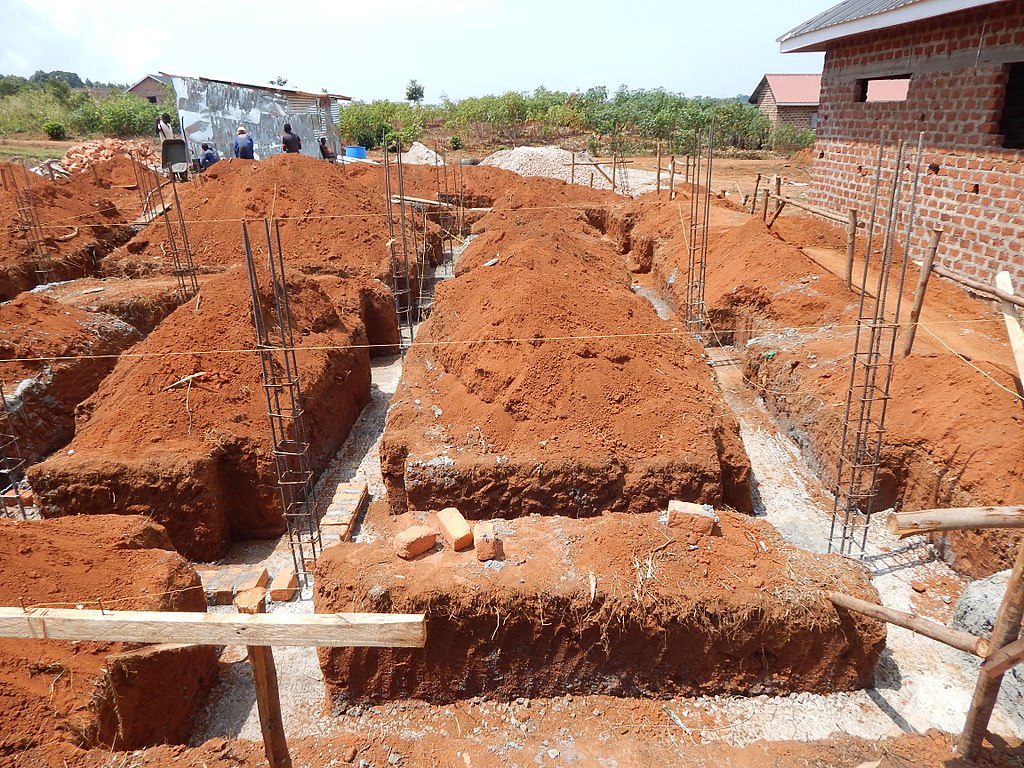
Foundation
They are the elements that distribute the weight and hold the house, it is generally made of concrete and/or cement blocks. That is why it is very useful that they are covered with moisture-insulating substances.
Necessary materials
In Mexico, various materials are usually used to build a house, before thinking about it you should consider which ones will help you to have the best certainty of quality.
The following list shows some of the materials needed.:
- metallic materials
- concrete materials
- Cement Blocks
- Rod, rings, and wire
- Mudblock for tiles
- adhesives
- wood to hold
- sand and gravel
All of these materials are just a few of the many that you may require when building a house.



Economic Investment
Issues such as dimensions, budget, material for a house, and the idea of how it will be should be considered, however, we must break down costs based on the following precepts:
- blackwork
- Gray work
- Finish
In this example, we will show construction of 90m2 with foundations of 160m2:
| Service | Cost in MXP |
| Architect | $10,000-$30,000 |
| Workforce | $3800 per week per person |
| Foundation or masonry | $100,000 |
| Material | $200,000 |
| Water Tank | $15,000 |
| Hydraulic piping and electricity | $25,000 |
| Finishes | Depending on material selection |
As you can see, building a house is not an easy task, however you can achieve it through multiple financing or savings programs that guide you for your new home. You mustn’t lose sight of market prices in terms of material to have the best option. If you have any questions do not hesitate to contact us. Select Riviera Maya Real Estate has an excellent portfolio of properties for you to choose where to build the house of your dreams.
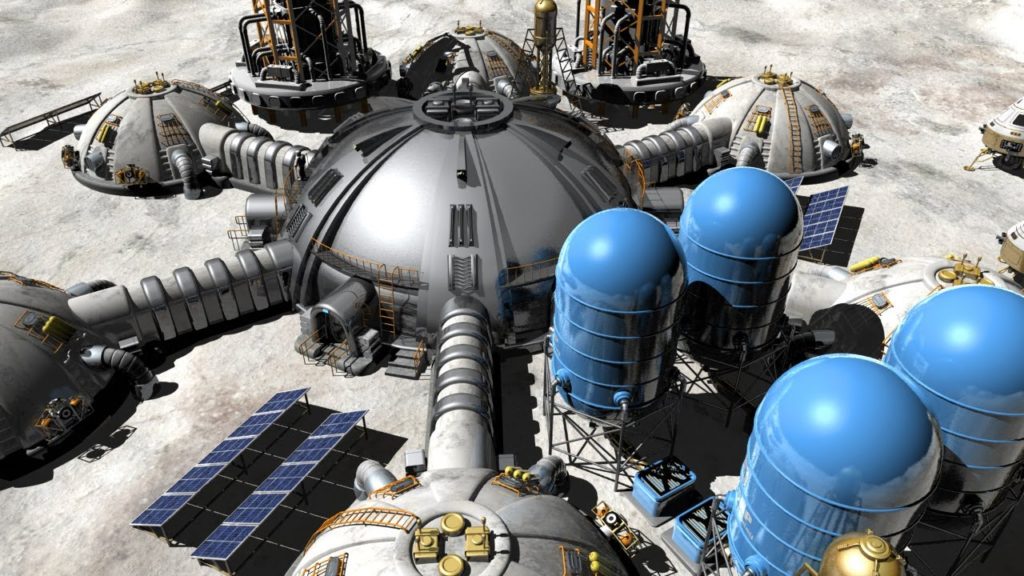
The Moon 2025
Humans have always had an innate desire to explore past the boundaries of Earth to the Moon and beyond. To that end, there are many technological, societal, and safety-related challenges that are associated with travel to, and habitation of, the lunar surface.
The moon is to people today what the New World was to Europeans 600 years ago. “They had been there a few times, but it took time to work up the courage to send people there to stay.” In order to settle the moon, people need water. The main issue is to figure out how future residents on the moon can get at that chemical compound that is essential to human existence. No water, no life. The moon is a very dry place. That’s why it’s difficult to imagine living on it.
The challenge is to find out where the water is and how to tap it, We have to understand how water got to the moon, how much is still there, and how hard it would be to extract water for human consumption for a settlement.

Some water was formed at the same time as the moon was formed, and is “locked” in its minerals in tiny amounts. It’s a concept that’s hard to understand for people who are used to water flowing freely.
Getting water from moon rocks would involve heating them in a still – a daunting process.
Water would also come from comets that have crashed on the moon. Comets are made of ice, and the heat of the impact melts the ice. Some of the water is preserved in “permanently shadowed craters” where the sun cannot reach it.
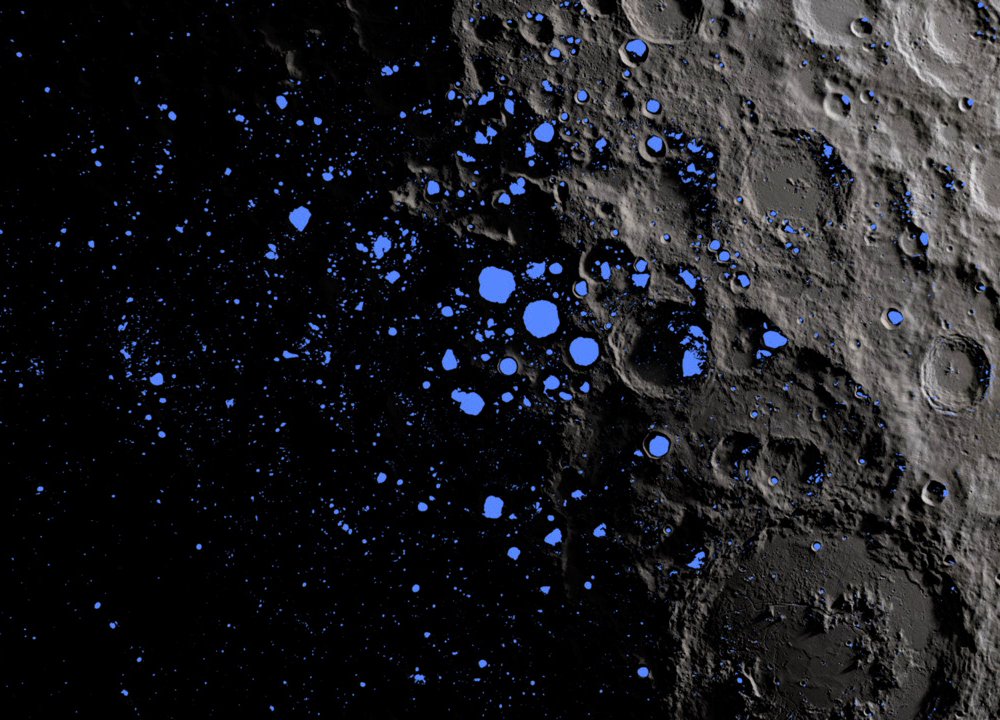
One reason for serious space exploration is global politics. Americans may think the moon is theirs because they were the first to plant a flag on it. No such thing, who owns the moon is still up for grabs.
Another reason for serious space exploration: If an asteroid were to hit the earth, people could survive temporarily on the moon. The kind of asteroid that killed the dinosaurs. If you read the literature, it’s very pragmatic. We all know the U.S. and other countries monitor the skies. What would we do?
A key consideration in the development of a base on the moon is that all the components have to be delivered by a spacecraft, with the inherent size and weight restrictions this presents.
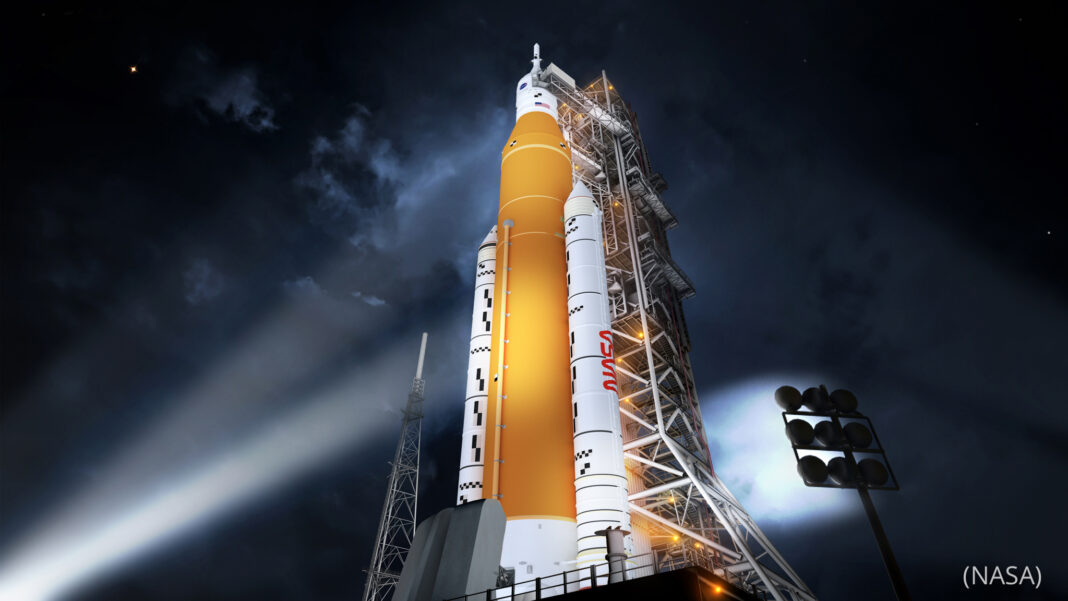
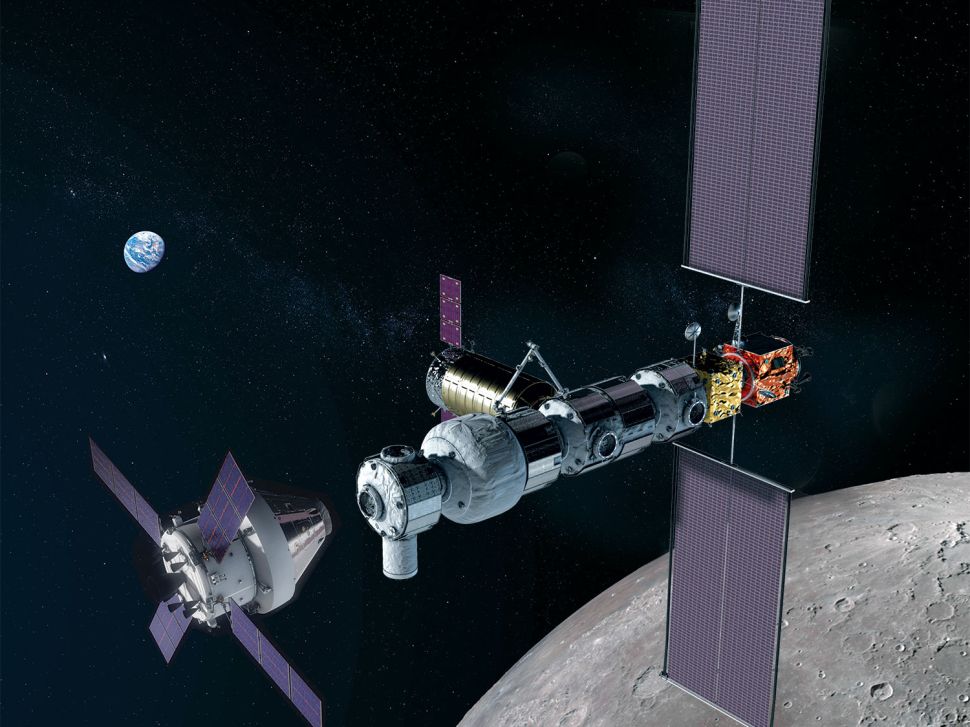
Another is the environmental conditions for living and working there. With this in mind the location selected for the village is on the elevated rim of a crater, the Shackleton crater, at the lunar south pole. There, there is a high level of illumination with the highest grounds in near permanent sunlight and the longest periods of darkness typically 3-5 days. Elsewhere the periods of darkness would be longer and the thermal control requirements for the habitable systems more demanding due to the extreme changes in temperature ” from 127oC in daytime to -173oC when the sun is shaded.
The location also has other advantages. One is an ongoing view of Earth but more importantly is the potential of access to water ice deposits in the permanently-shadowed areas of nearby craters which could provide a ready source of water as we have previously stated.
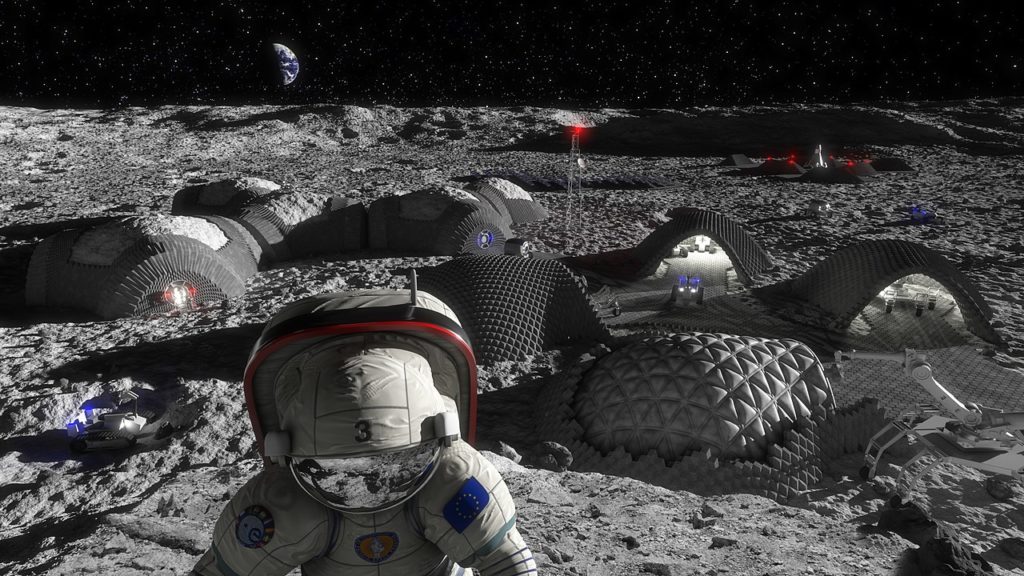
The basic living structure proposed, named the Habitat, consists of a vertical rigid central frame with an inflatable multilayer shell. When deployed it would provide a four-storey structure, roughly ellipsoidal in shape, about 15.5m in height and 10.5m in diameter with a pressurized volume of almost 700m3.
Within the structure, the space would be modularised to provide for private quarters, cooking and dining, work, exercise, hygiene and other activities.
Core to the running of the Habitat is the power availability. Its external structure could provide a limited space for solar PV, but with a maximum output unlikely to exceed around 1kW this would be inadequate for living, although it could be utilized during the transfer flight and as back-up. Thus an external power plant would be essential.
Various studies have provided a range of estimates for the power requirements from a base of 10kW/person up to 60kW continuous consumption for a crewed habitat at full power. A subsystem breakdown for the proposed Habitat indicates an average power requirement (including 20% margin) of 57kW during the day and 60kW during the night.
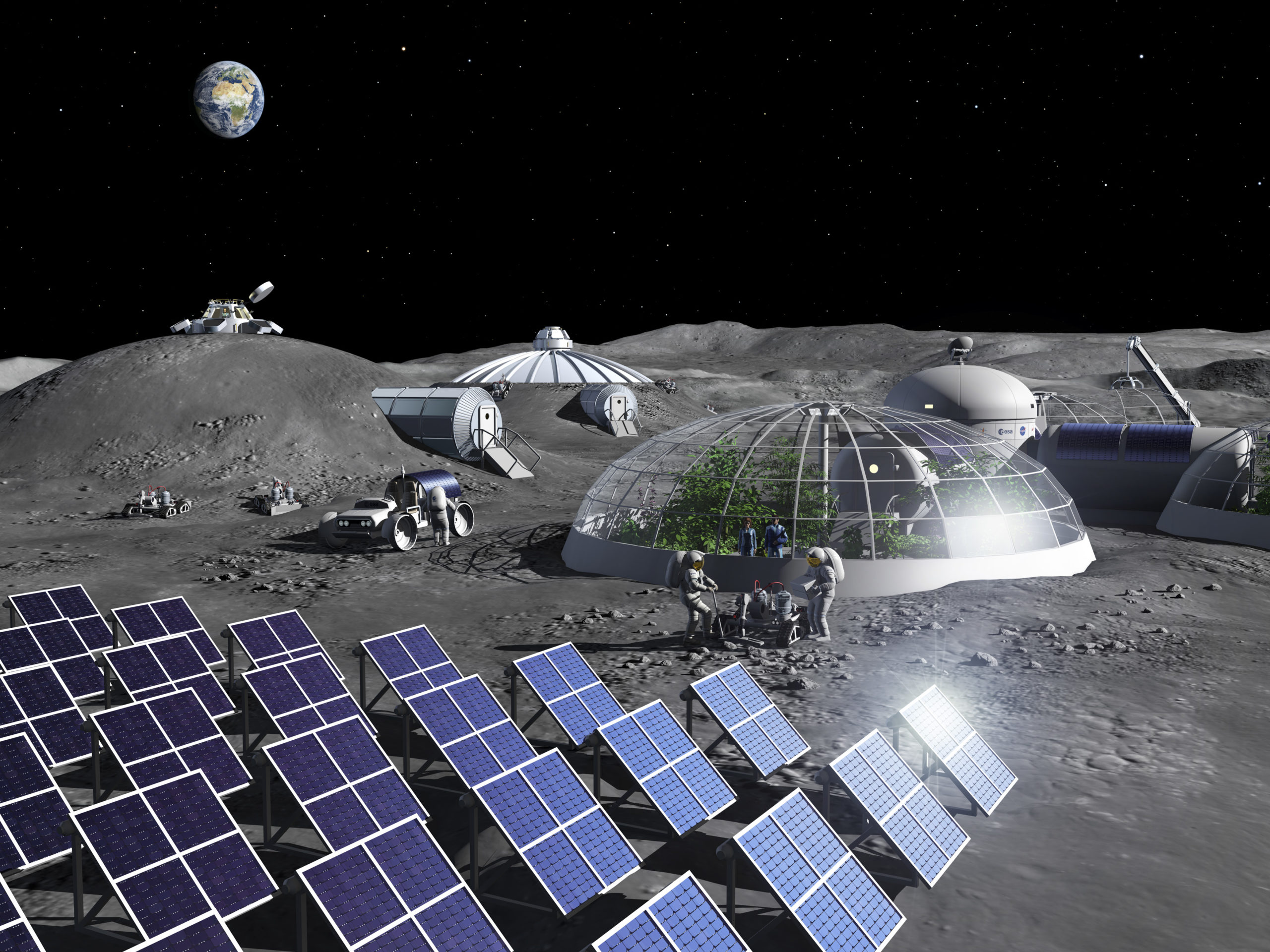
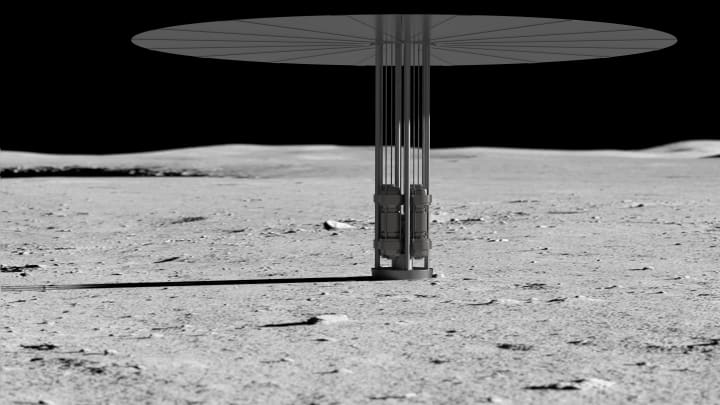
Two proposals are made for a lunar power plant, using either solar PV or nuclear fusion.
As of today NASA has bumped the endeavor of colonizing the moon for no earlier than 2025 and it will depend on the full development of the Artemis Program (Artemis was Apollo sister in greek mythology in clear allusion to the Moon program of the early 70’s) As the main crew and cargo transport to our natural satellite.
Sooner or later we as a species will colonize the moon. There is no way of knowing how land will be distributed but one sure thing is that sooner or later there will be a Moon Real Estate Business and as it happens here on earth, it will all boil down to location, location, location. Hope we’re still around to benefit from it and focus on Building your Dream Home.
But if you are interested in investing here on planet earth, specifically on the Riviera Maya give us a call at Select Riviera Maya Real Estate. We are here to help you.

Earth Day 2022
THE FIRST EARTH DAY
Every year on April 22, Earth Day marks the anniversary of the birth of the modern environmental movement in 1970.
Let’s take a look at the last half-century of mobilization for action:
ORIGINS OF EARTH DAY
In the decades leading up to the first Earth Day, Americans were consuming vast amounts of leaded gas through massive and inefficient automobiles. Industry belched out smoke and sludge with little fear of the consequences from either the law or bad press. Air pollution was commonly accepted as the smell of prosperity. Until this point, mainstream America remained largely oblivious to environmental concerns and how a polluted environment threatens human health.
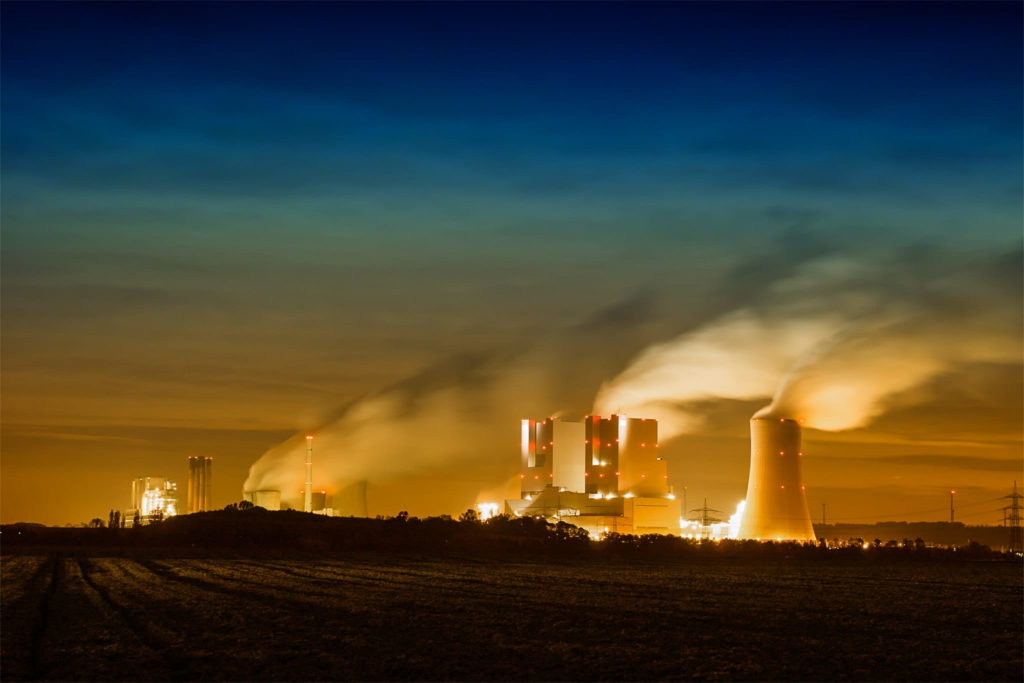
However, the stage was set for change with the publication of Rachel Carson’s New York Times bestseller Silent Spring in 1962. The book represented a watershed moment, selling more than 500,000 copies in 24 countries as it raised public awareness and concern for living organisms, the environment and the inextricable links between pollution and public health.
“Earth Day 1970 would come to provide a voice to this emerging environmental consciousness, and putting environmental concerns on the front page.”
THE IDEA FOR THE FIRST EARTH DAY
Senator Gaylord Nelson, the junior senator from Wisconsin, had long been concerned about the deteriorating environment in the United States. Then in January 1969, he and many others witnessed the ravages of a massive oil spill in Santa Barbara, California.
Inspired by the student anti-war movement, Senator Nelson wanted to infuse the energy of student anti-war protests with an emerging public consciousness about air and water pollution. Senator Nelson announced the idea for a teach-in on college campuses to the national media, and persuaded Pete McCloskey, a conservation-minded Republican Congressman, to serve as his co-chair.
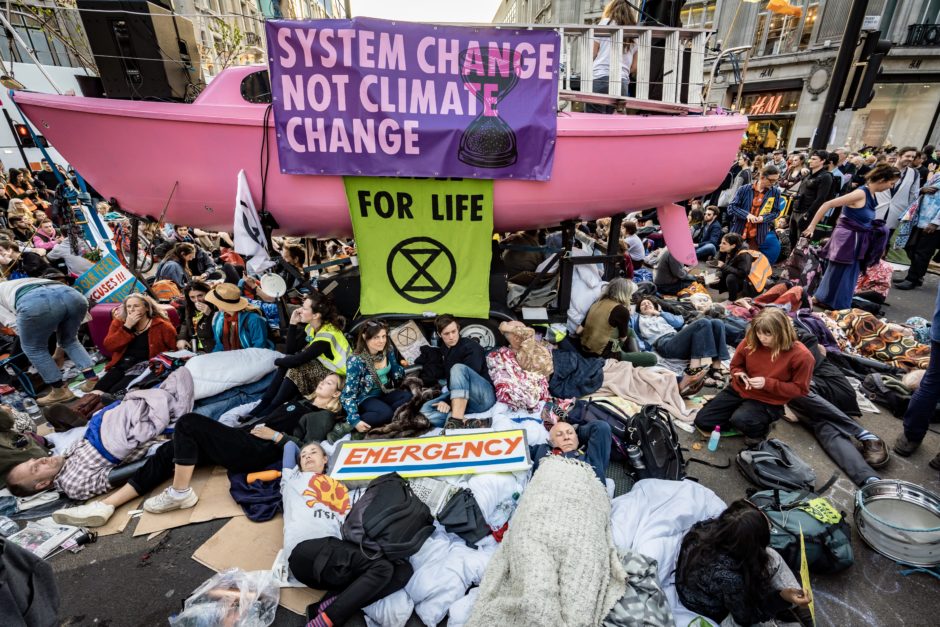
They recruited Denis Hayes, a young activist, to organize the campus teach-ins and they choose April 22, a weekday falling between Spring Break and Final Exams, to maximize the greatest student participation.
Recognizing its potential to inspire all Americans, Hayes built a national staff of 85 to promote events across the land and the effort soon broadened to include a wide range of organizations, faith groups, and others. They changed the name to Earth Day, which immediately sparked national media attention, and caught on across the country. Earth Day inspired 20 million Americans — at the time, 10% of the total population of the United States — to take to the streets, parks and auditoriums to demonstrate against the impacts of 150 years of industrial development which had left a growing legacy of serious human health impacts. Thousands of colleges and universities organized protests against the deterioration of the environment and there were massive coast-to-coast rallies in cities, towns, and communities.
Groups that had been fighting individually against oil spills, polluting factories and power plants, raw sewage, toxic dumps, pesticides, freeways, the loss of wilderness and the extinction of wildlife united on Earth Day around these shared common values. Earth Day 1970 achieved a rare political alignment, enlisting support from Republicans and Democrats, rich and poor, urban dwellers and farmers, business and labor leaders. By the end of 1970, the first Earth Day led to the creation of the United States Environmental Protection Agency and the passage of other first of their kind environmental laws, including the National Environmental Education Act, the Occupational Safety and Health Act, and the Clean Air Act. Two years later Congress passed the Clean Water Act. A year after that, Congress passed the Endangered Species Act and soon after the Federal Insecticide, Fungicide, and Rodenticide Act. These laws have protected millions of men, women and children from disease and death and have protected hundreds of species from extinction.
1990: EARTH DAY GOES GLOBAL
As 1990 approached, a group of environmental leaders approached Denis Hayes to once again organize another major campaign for the planet. This time, Earth Day went global, mobilizing 200 million people in 141 countries and lifting environmental issues onto the world stage. Earth Day 1990 gave a huge boost to recycling efforts worldwide and helped pave the way for the 1992 United Nations Earth Summit in Rio de Janeiro. It also prompted President Bill Clinton to award Senator Nelson the Presidential Medal of Freedom — the highest honor given to civilians in the United States — for his role as Earth Day founder.
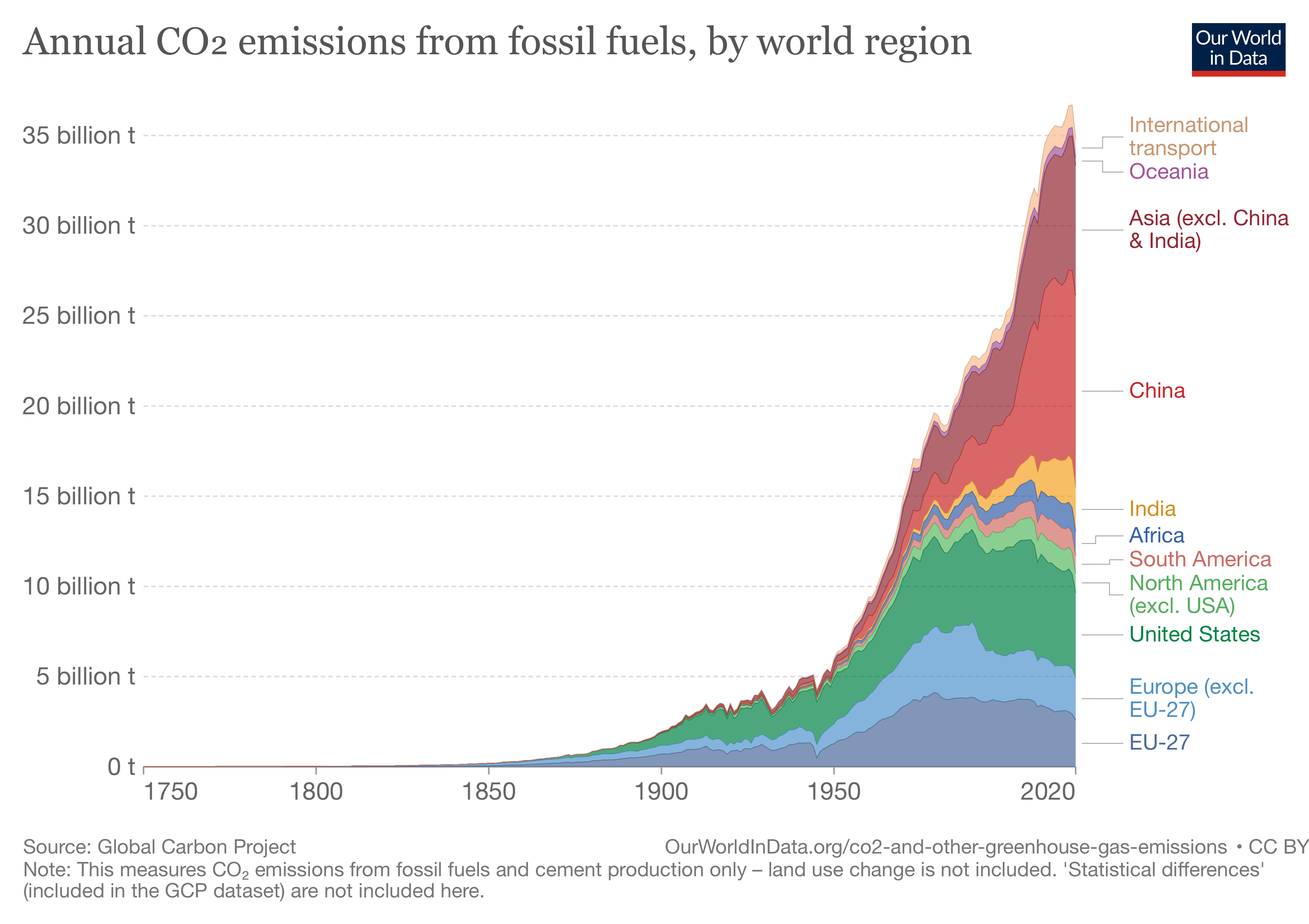
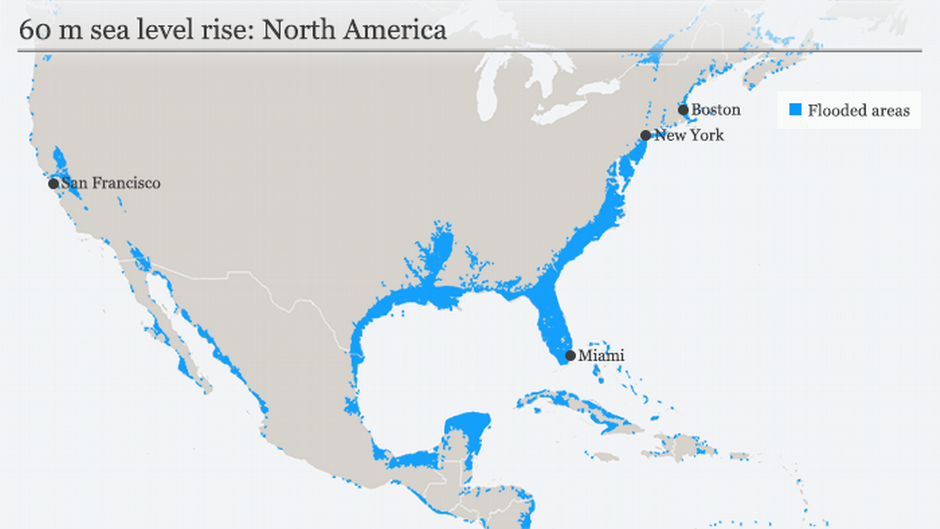
EARTH DAY FOR A NEW MILLENNIUM
As the millennium approached, Hayes agreed to spearhead another campaign, this time focused on global warming and a push for clean energy. With 5,000 environmental groups in a record 184 countries reaching out to hundreds of millions of people, Earth Day 2000 built both global and local conversations, leveraging the power of the Internet to organize activists around the world, while also featuring a drum chain that traveled from village to village in Gabon, Africa. Hundreds of thousands of people also gathered on the National Mall in Washington, DC for a First Amendment Rally.
30 years on, Earth Day 2000 sent world leaders a loud and clear message: Citizens around the world wanted quick and decisive action on global warming and clean energy.

EARTH DAY 2010
As in 1970, Earth Day 2010 came at a time of great challenge for the environmental community to combat the cynicism of climate change deniers, well-funded oil lobbyists, reticent politicians, a disinterested public, and a divided environmental community with the collective power of global environmental activism. In the face of these challenges, Earth Day prevailed and EARTHDAY.ORG reestablished Earth Day as a major moment for global action for the environment.
Over the decades, EARTHDAY.ORG has brought hundreds of millions of people into the environmental movement, creating opportunities for civic engagement and volunteerism in 193 countries. Earth Day engages more than 1 billion people every year and has become a major stepping stone along the pathway of engagement around the protection of the planet.
EARTH DAY 2022
Today, Earth Day is widely recognized as the largest secular observance in the world, marked by more than a billion people every year as a day of action to change human behavior and create global, national and local policy changes.
Now, the fight for a clean environment continues with increasing urgency, as the ravages of climate change become more and more apparent every day.
As the awareness of our climate crisis grows, so does civil society mobilization, which is reaching a fever pitch across the globe today. Disillusioned by the low level of ambition following the adoption of the Paris Agreement in 2015 and frustrated with international environmental lethargy, citizens of the world are rising up to demand far greater action for our planet and its people.
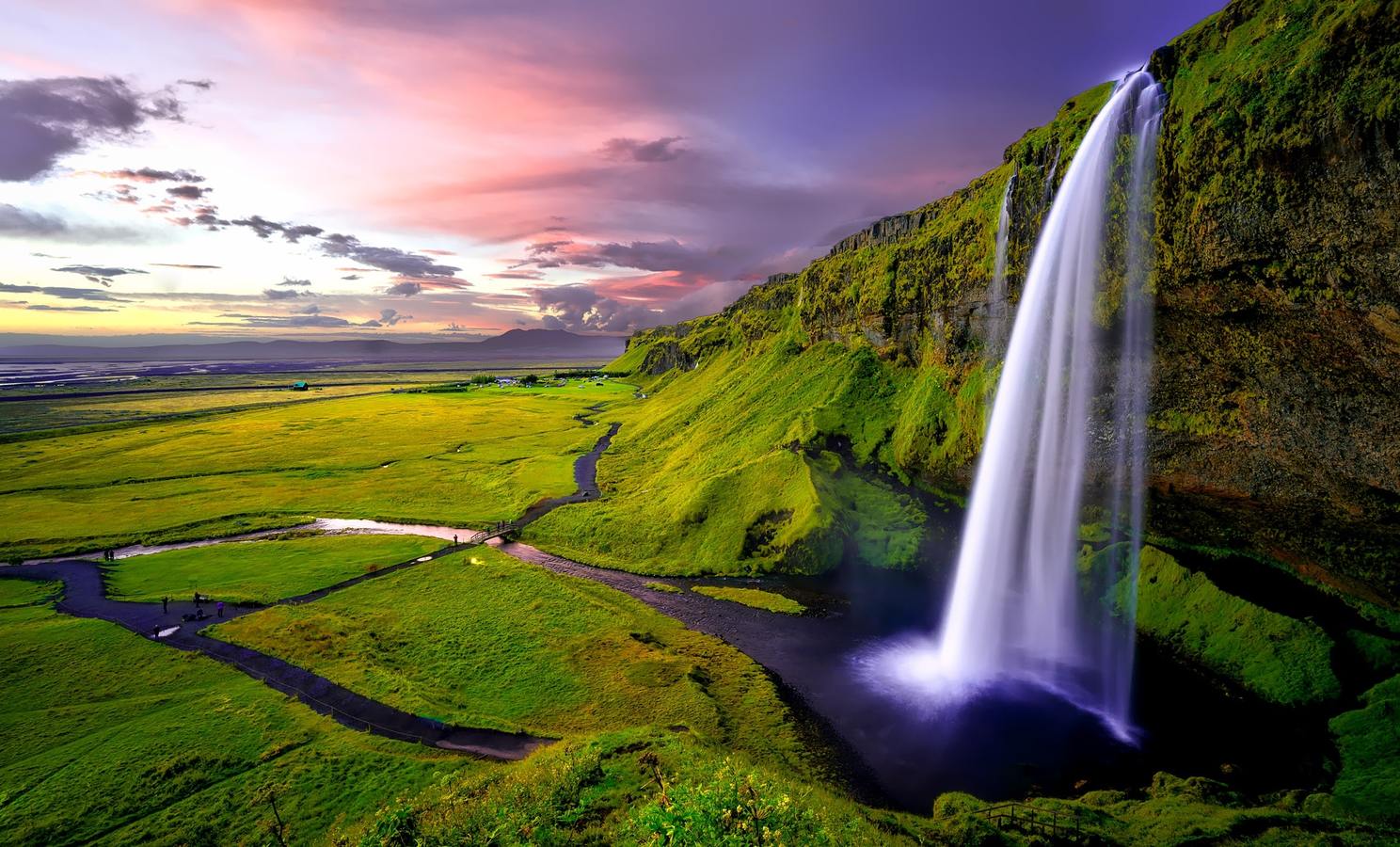
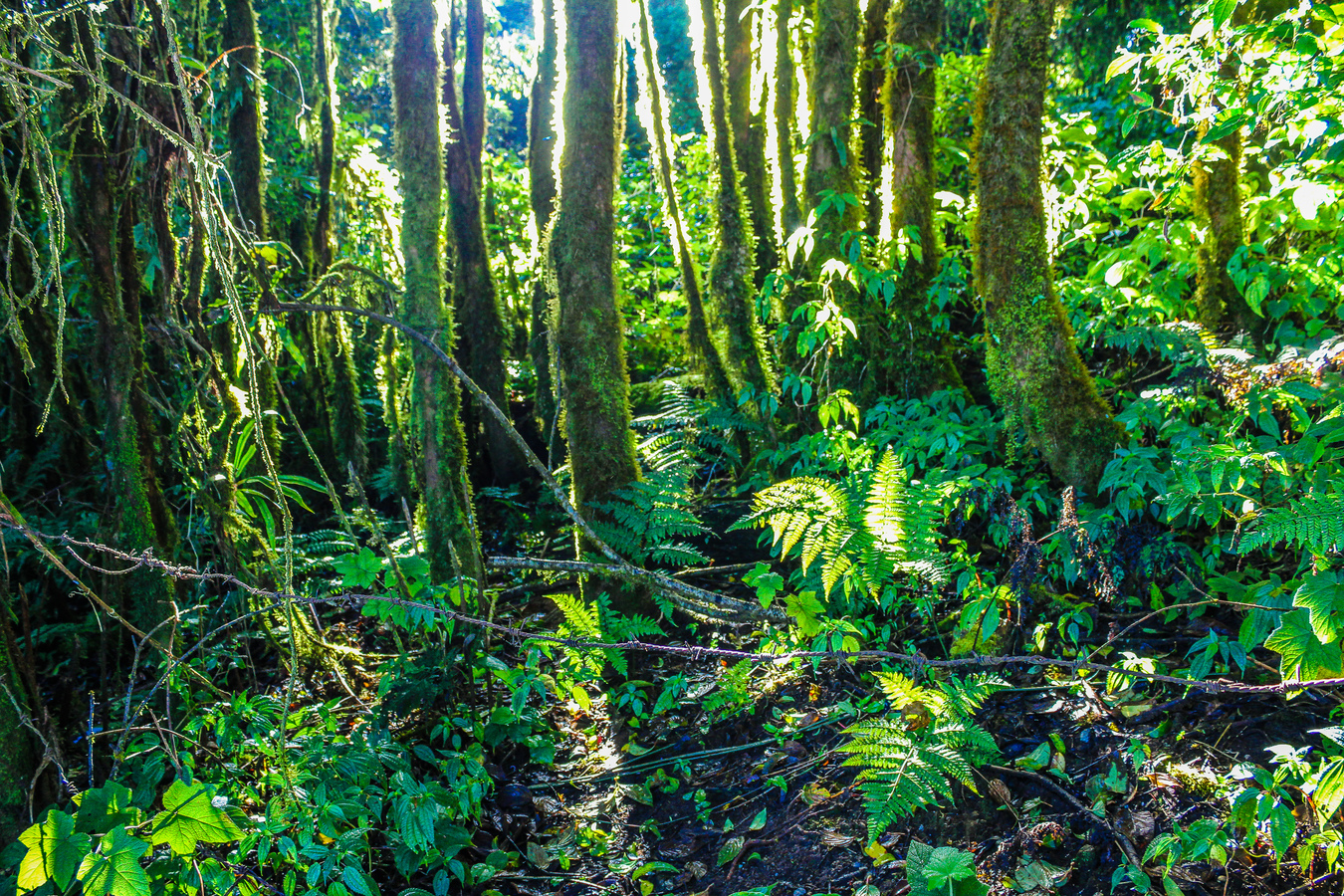
The social and cultural environments we saw in 1970 are rising up again today — a fresh and frustrated generation of young people are refusing to settle for platitudes, instead taking to the streets by the millions to demand a new way forward. Digital and social media are bringing these conversations, protests, strikes and mobilizations to a global audience, uniting a concerned citizenry as never before and catalyzing generations to join together to take on the greatest challenge that humankind has faced.
By tapping into some of the learnings, outcomes, and legacy of the first Earth Day, EARTHDAY.ORG is building a cohesive, coordinated, diverse movement, one that goes to the very heart of what EARTHDAY.ORG and Earth Day are all about — empowering individuals with the information, the tools, the messaging and the communities needed to make an impact and drive change.
We invite you to be a part of Earth Day and help write many more chapters—struggles and victories—into the Earth Day book. At Select Riviera Maya Real Estate we are committed to protecting the environment specially this small piece of paradise we live on.

Children’s Day
Children’s Day is an annual celebration dedicated to the fraternity and understanding of childhood in the world, in which activities are carried out to promote the well-being and rights of children. This event is observed on different dates depending on each country.
In 1925, International Children’s Day was first proclaimed in Geneva during the World Conference on Child Welfare, and since then it has been celebrated on June 1 in most countries.
November 20 marks the date on which the Assembly approved the Declaration of the Rights of the Child in 1959 and the Convention on the Rights of the Child in 1989.2 This date is considered Universal Children’s Day and is celebrated every year.
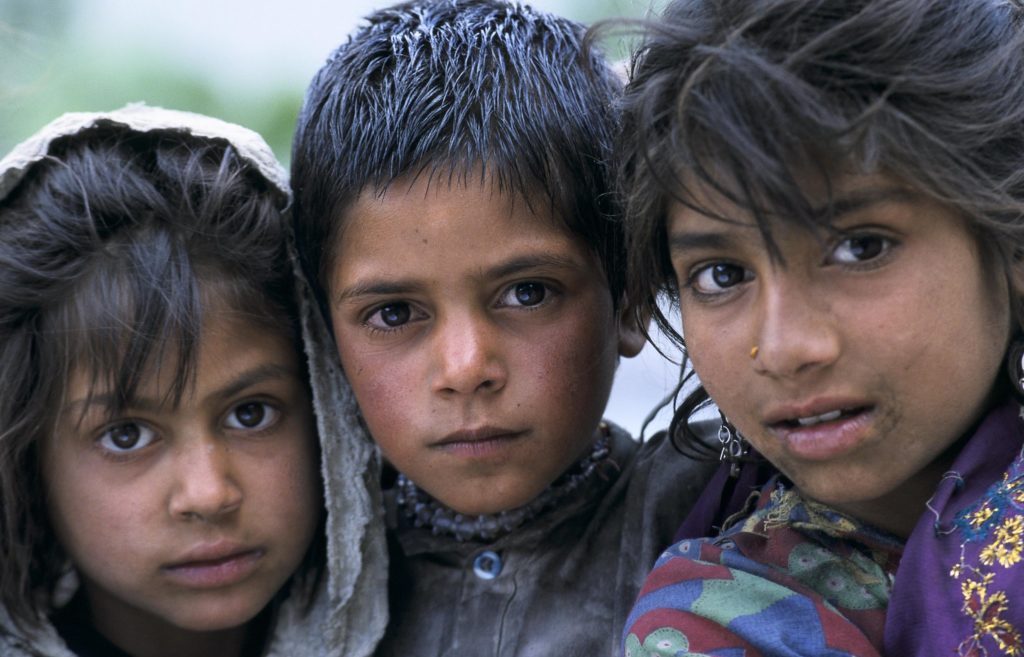
The origin of the celebration
After the First World War, concern and awareness began to be generated about the need for special protection for infants. One of the first activists on this issue was Eglantyne Jebb, founder of the Save the Children organization, which, with the help of the International Committee of the Red Cross, promoted the adoption of the first Declaration of the Rights of Children. This declaration was submitted for approval to the League of Nations, which would adopt and ratify it in the Geneva Declaration on the Rights of Children, on September 26, 1924. The following year, during the World Conference on the Welfare Children’s Day, also held in Geneva, was declared, for the first time, International Children’s Day, marking June 2 for this purpose.
On April 12, 1952, the Organization of American States (OAS) and UNICEF drafted the Declaration of Universal Principles for Children, to protect them from inequality and mistreatment. On this occasion it was agreed that each country should set a date to celebrate the children.

In 1954, the General Assembly of the United Nations, through resolution 836 (IX) of December 14, recommended that a Universal Children’s Day be instituted in all countries and suggested that governments celebrate said day on the date that each one of them deemed convenient.1
The general assembly, […]
1. Recommends that, beginning in 1956, a Universal Children’s Day be instituted in all countries to be dedicated to brotherhood and understanding among children throughout the world and devoted to specific activities to promote the ideals and objectives of the Charter, as well as the welfare of the world’s children, and also to intensify and extend the efforts of the United Nations for and on behalf of all the world’s children; […].
Resolution 836 (IX) of the United Nations General Assembly.

The UN celebrates this day on November 20, in commemoration of the approval of the Declaration of the Rights of the Child in 1959 and the Convention on the Rights of the Child in 1989.
In Mexico, children are celebrated every April 30, and cultural and entertainment activities are organized throughout the country, as well as artistic events to promote the well-being and rights of children.
Preschool and elementary schools offer their students a day full of activities to commemorate the day, such as festivals or outings to places of entertainment.
Even though it is a national celebration, it is not a holiday. However, according to an act exhibited in a public notary in Ciudad Victoria, Tamaulipas, in Mexico, Children’s Day was established on May 8, 1916 in the city of Tantoyuca, Veracruz.



1 Comment
[…] a previous article, we touched on the topic of Real Estate in space when we talked about colonizing the moon by the year 2025. So, today we will talk about the news […]